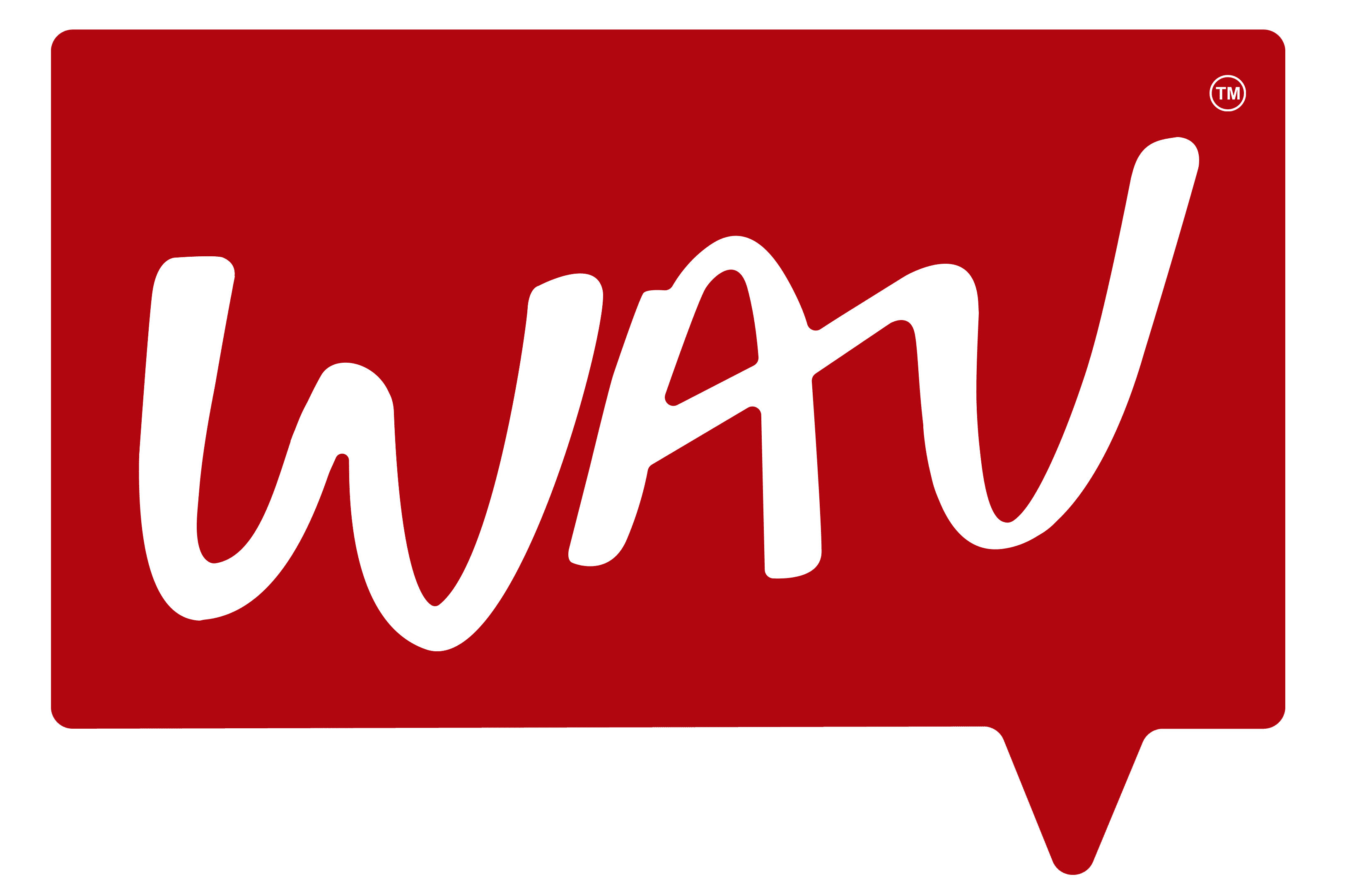How to Optimize Your Website for Search Engines: A Comprehensive Guide
- We Are Very

- Jun 1, 2023
- 2 min read
Search engine optimisation (SEO) drives organic traffic to your website. You can increase your online visibility, attract relevant visitors, and improve your chances of ranking higher in search engine results pages (SERPs). This blog will provide a comprehensive guide on optimising your website for search engines, with examples and tools to assist you. Let's dive in!

1. Keyword Research:
Keyword research is the foundation of SEO. Start by identifying relevant keywords and phrases that align with your content and target audience. Tools like Google Keyword Planner, SEMrush, and Moz Keyword Explorer can help you discover popular keywords and their search volume.
Example: If you run a pet grooming business, relevant keywords could include "dog grooming services," "cat grooming near me," or "professional pet grooming."
2. On-Page Optimization:
Optimise your web pages to make them search engine-friendly. Include your target keywords strategically in your page titles, headings (H1, H2, etc.), meta descriptions, URL structure, and content. Ensure your content is high-quality, relevant, and easy to read.
Example: If your target keyword is "best vegan recipes," incorporate it naturally in your page title, such as "Delicious and Nutritious Vegan Recipes: The Best Plant-Based Dishes."
3. Technical Search Engine Optimization:
Optimise the technical aspects of your website to improve its crawlability and indexability by search engines. Ensure your website has a clean code structure, mobile responsiveness, fast loading speed, and proper XML sitemap and robots.txt implementation.
Example: Use Google PageSpeed Insights or GTmetrix to analyse and optimise your website's loading speed for a better user experience and search engine rankings.
4. High-Quality Content Creation:
Create informative, engaging, and original content that provides value to your audience. Incorporate relevant keywords naturally throughout your content while maintaining its readability. Include multimedia elements like images and videos to enhance user experience.
Example: If you run a fitness blog, create comprehensive guides like "10 Effective Exercises for Weight Loss" or "A Beginner's Guide to Yoga Poses."
5. Link Building:
Build high-quality backlinks from reputable websites to improve your website's authority and credibility. Engage in guest blogging, outreach campaigns, and social media promotion to earn relevant and authoritative links.
Example: Collaborate with industry influencers to create valuable content, such as an expert roundup post on "Top Fitness Tips from Leading Fitness Trainers."
6. User Experience Optimization:
Enhance the overall user experience on your website. Ensure easy navigation, intuitive design, and fast loading times. Optimise for mobile devices, as many searches are performed on smartphones and tablets.
Example: Use tools like Hotjar or Google Analytics to analyse user behaviour on your website and improve based on the data obtained.
7. Local SEO:
Optimise your website for local search if you have a physical business location. Include your business name, address, and phone number (NAP) consistently across your website and local directories. Encourage customers to leave reviews on platforms like Google My Business.
Example: "Best Coffee Shop in [Your City]: A Charming Café with Artisanal Brews."
Conclusion:
Optimising your website for search engines is an ongoing process that requires dedication and continuous improvement. By following these strategies, conducting thorough keyword research, and utilising tools like Google Keyword Planner, SEMrush, and Google Analytics, you can improve your website's visibility, attract more organic traffic, and ultimately achieve higher rankings in search engine results. Remember, SEO takes time, but the long-term benefits are invaluable for
Your online presence and business success.


Comments